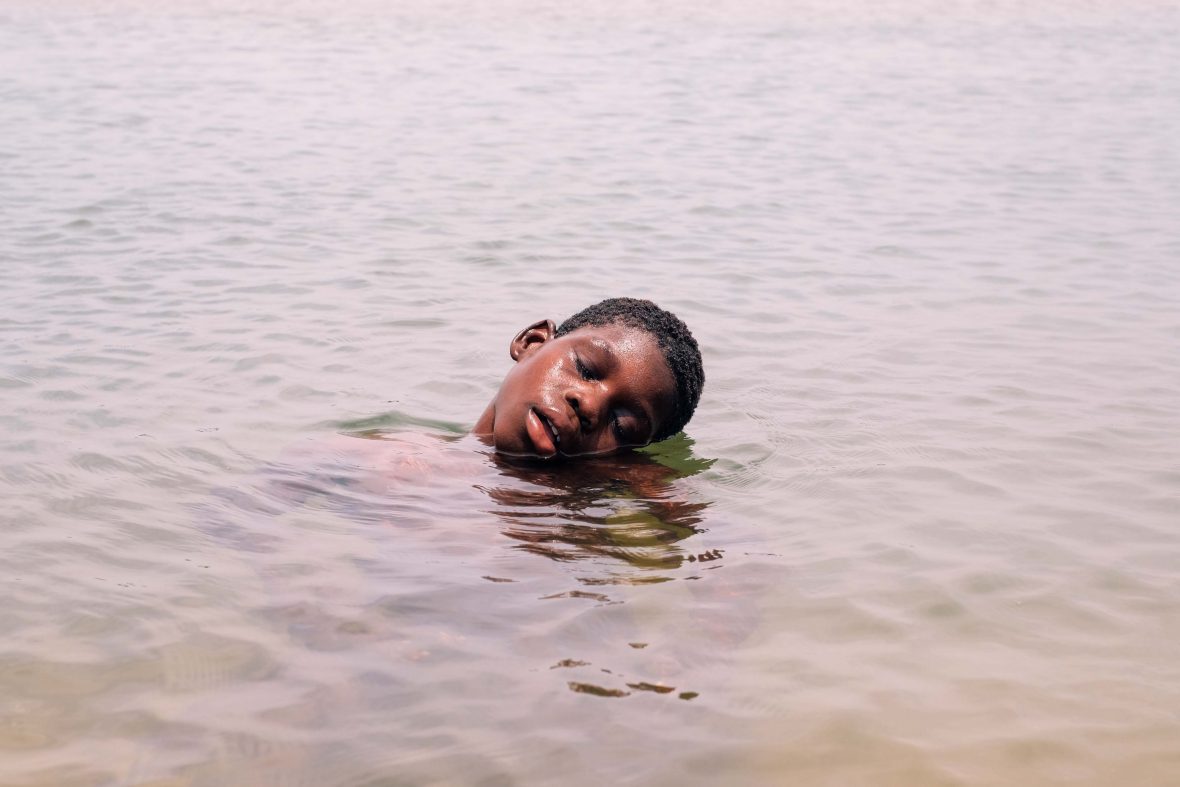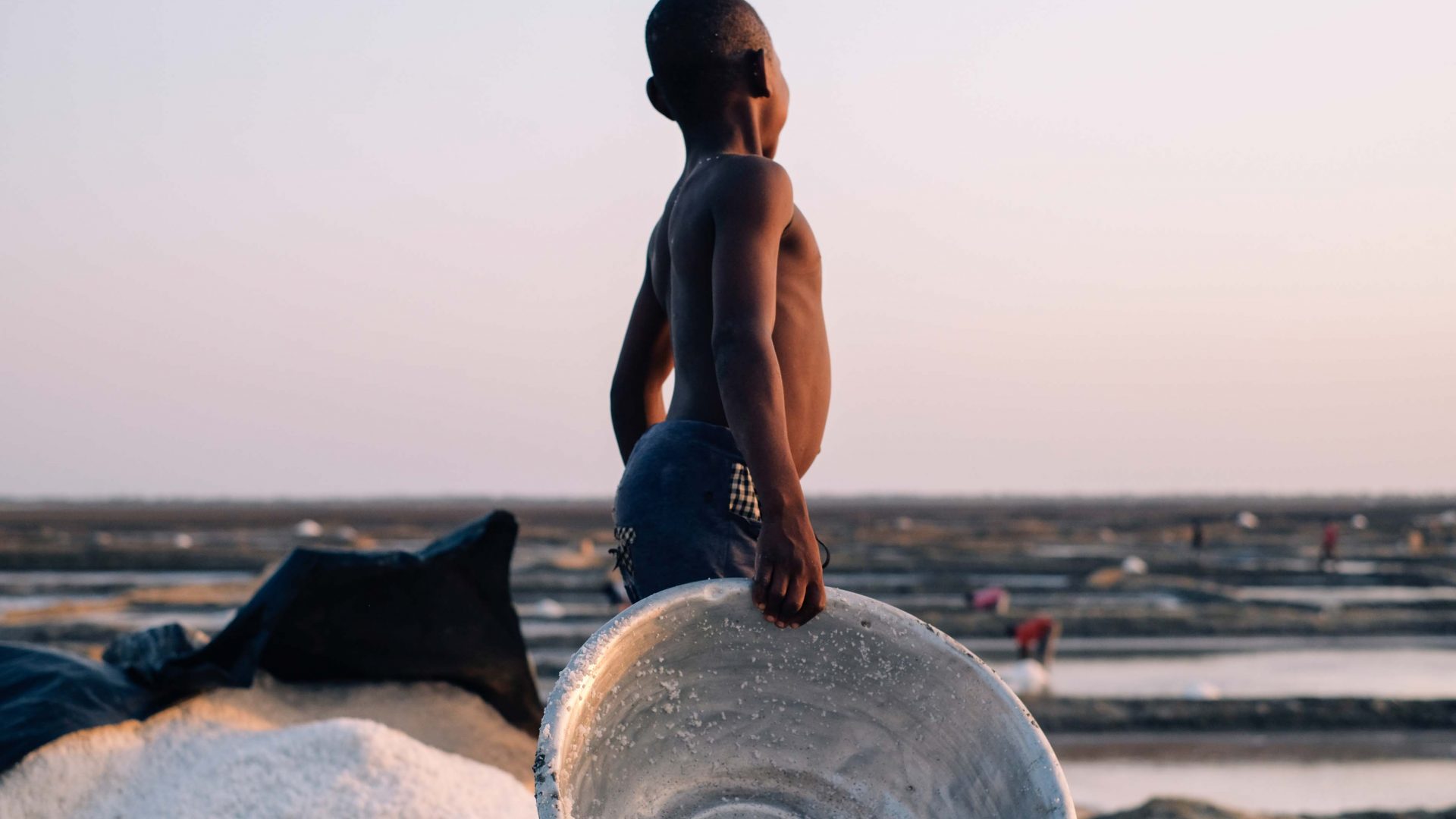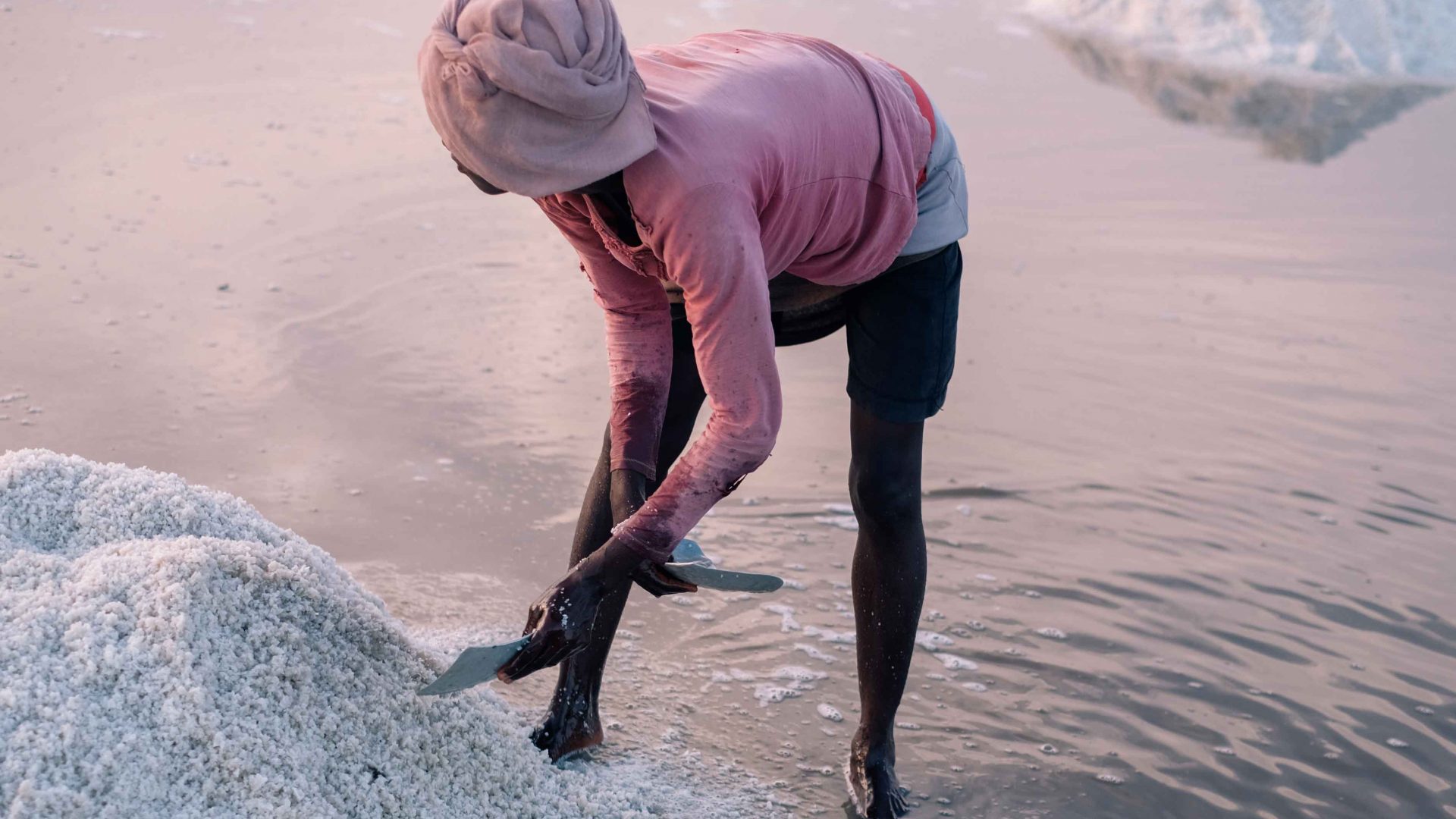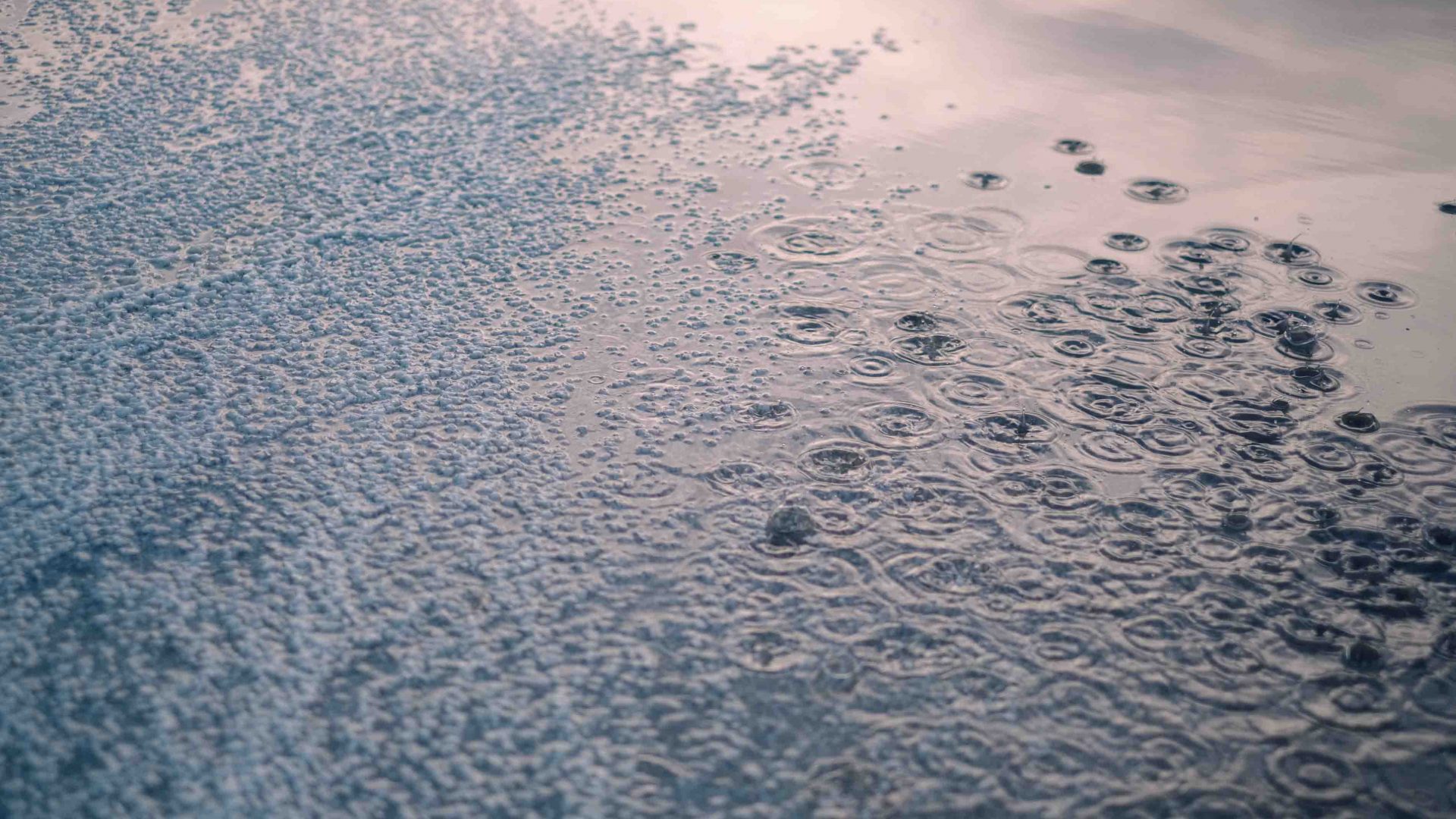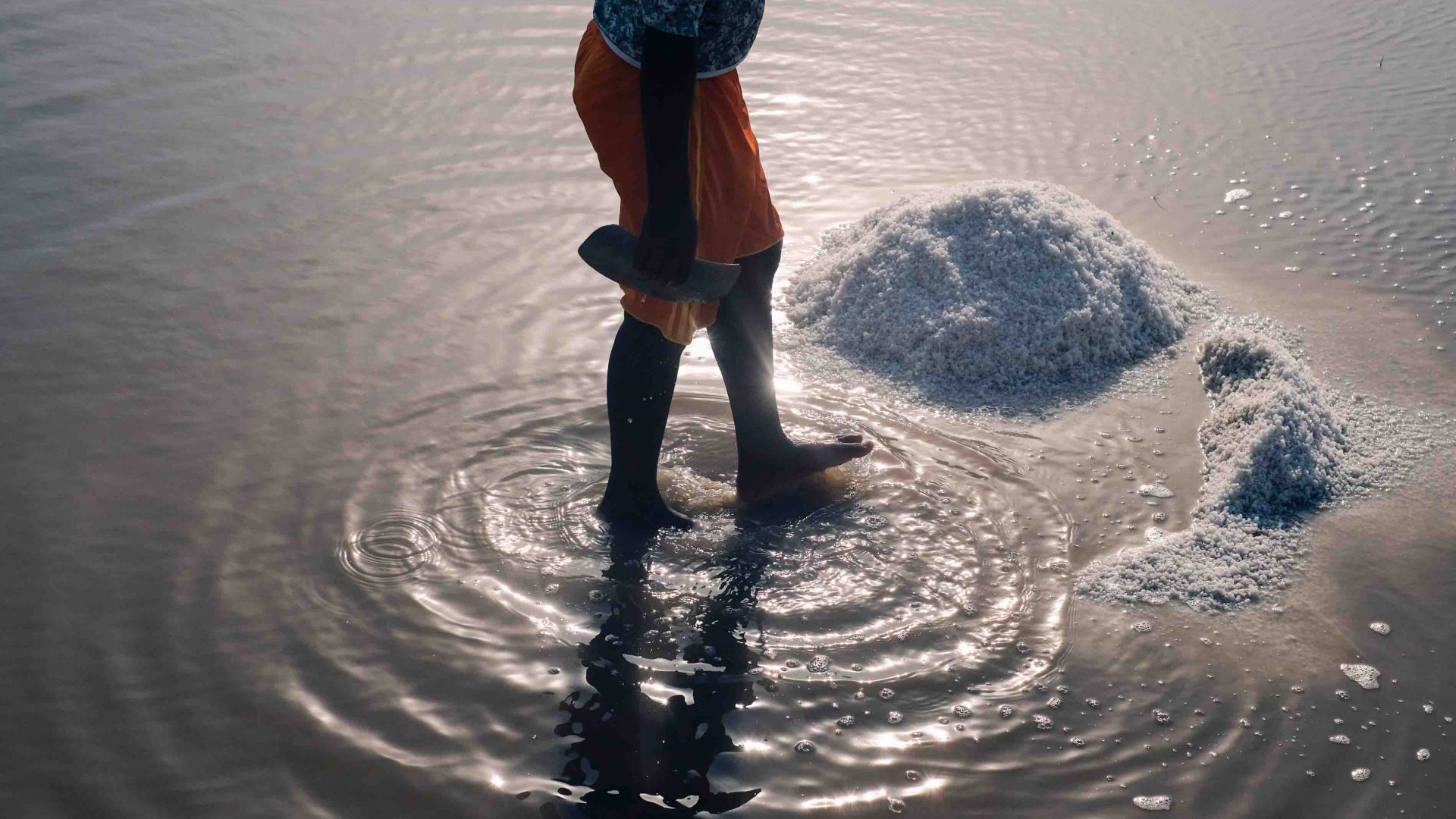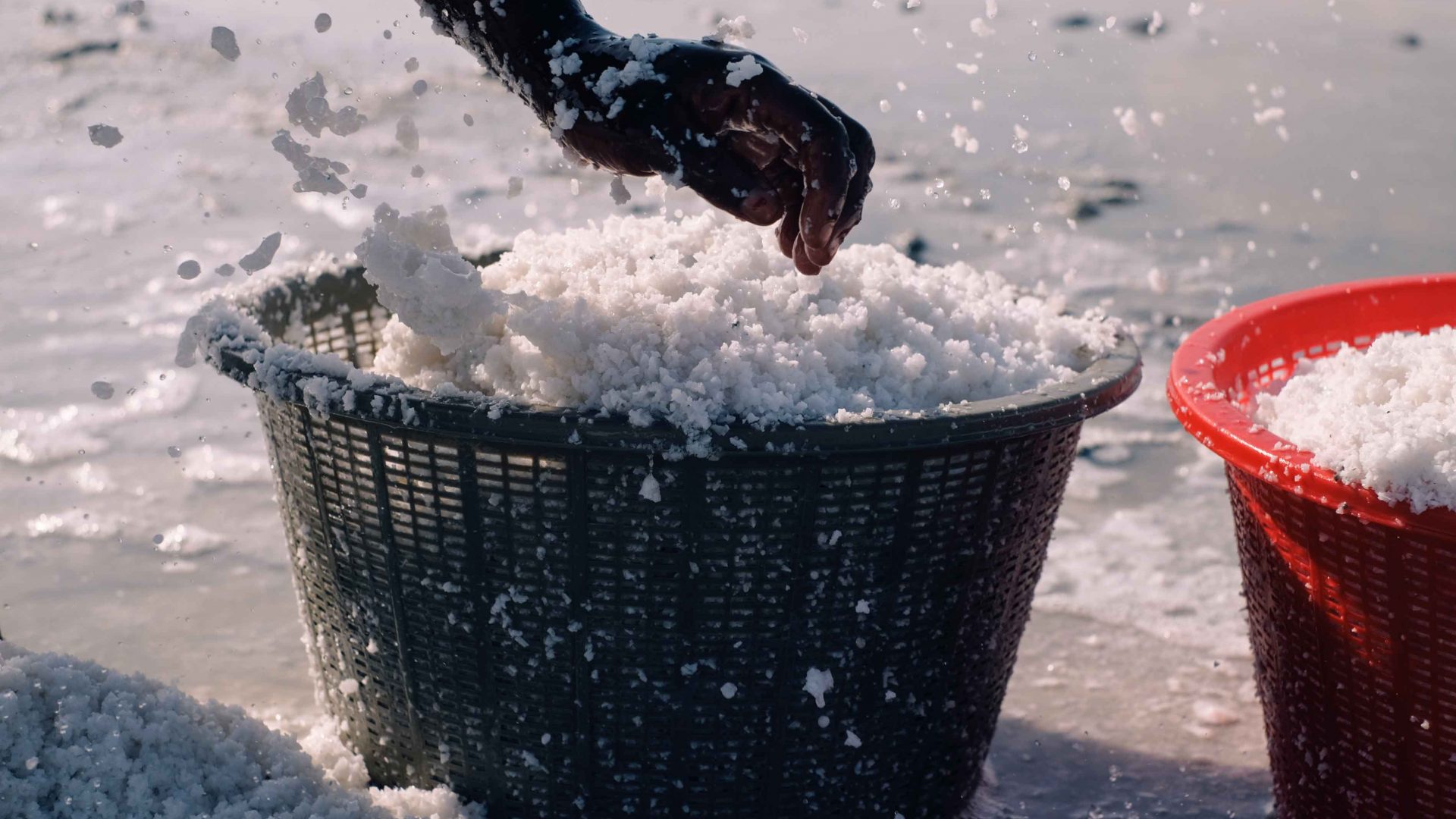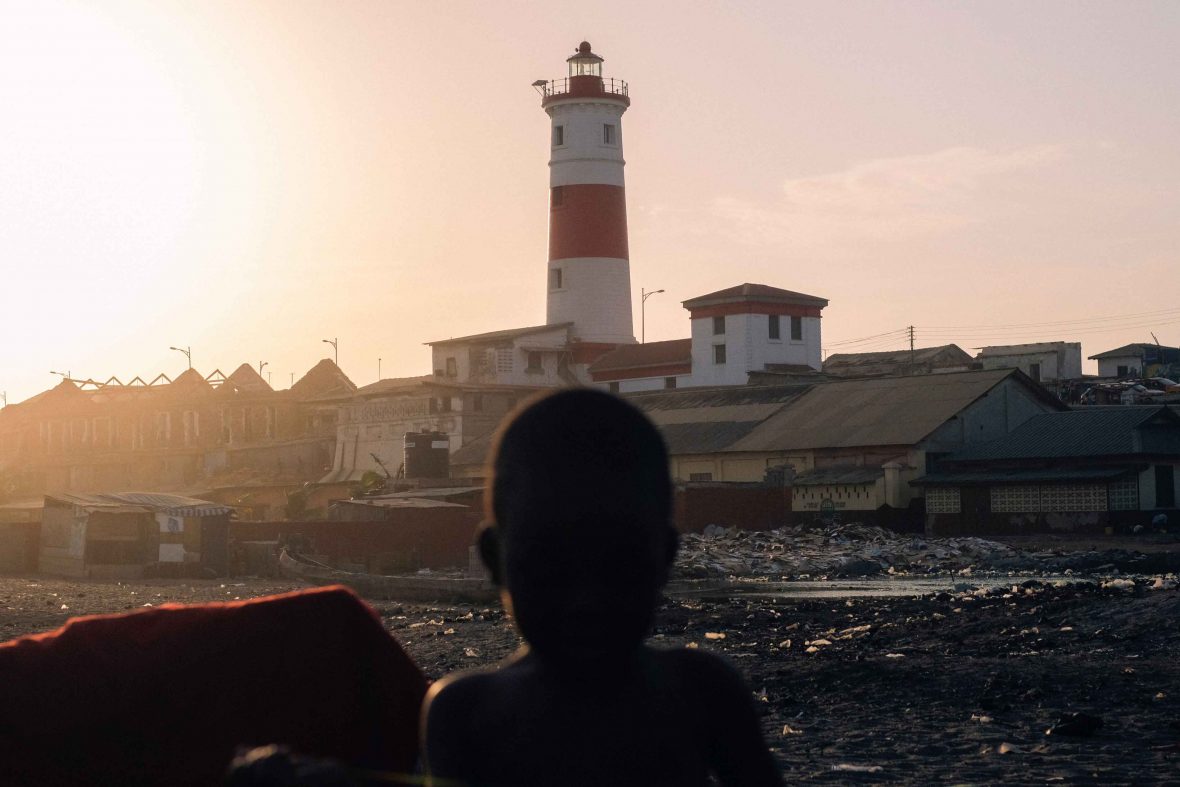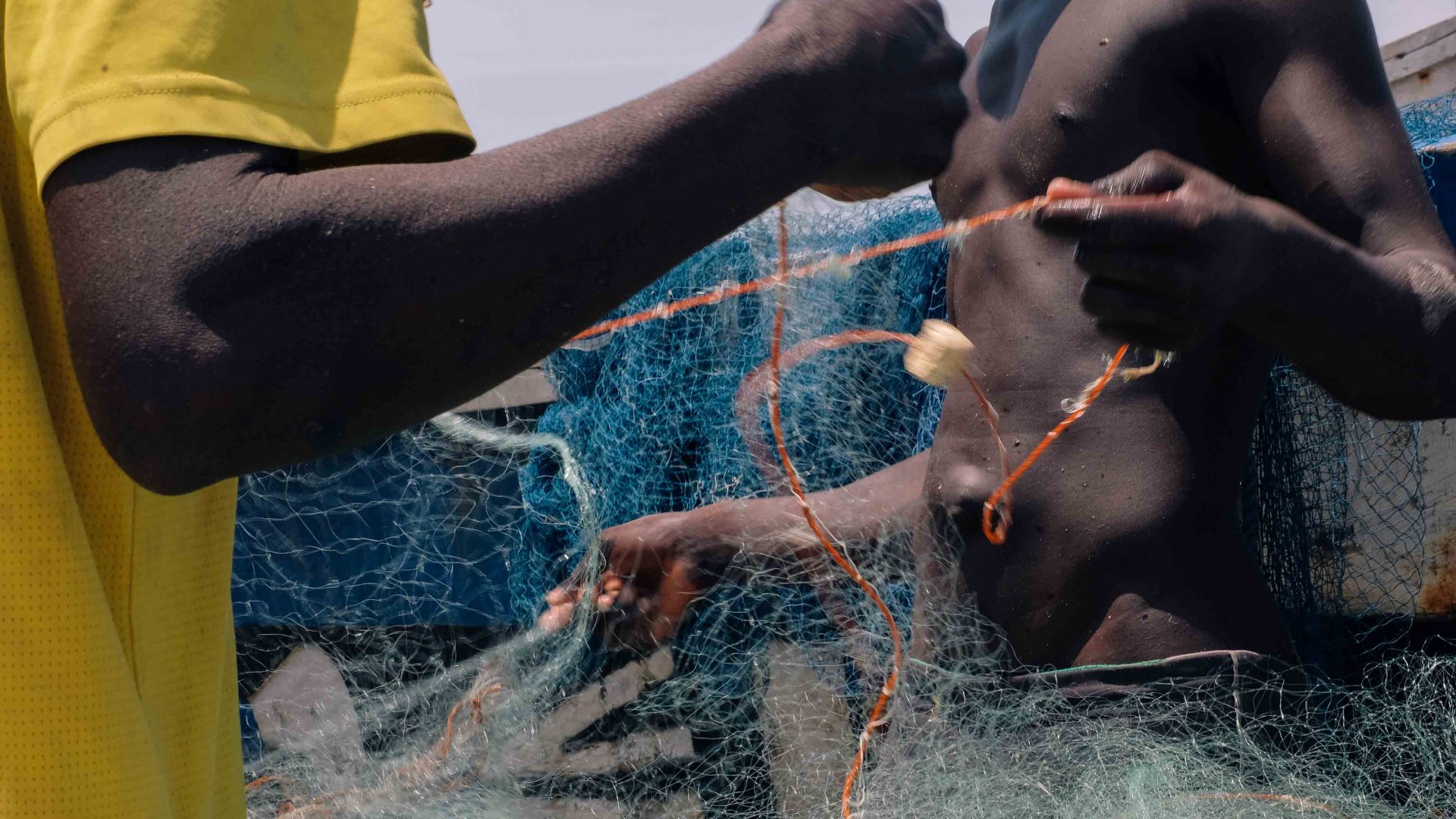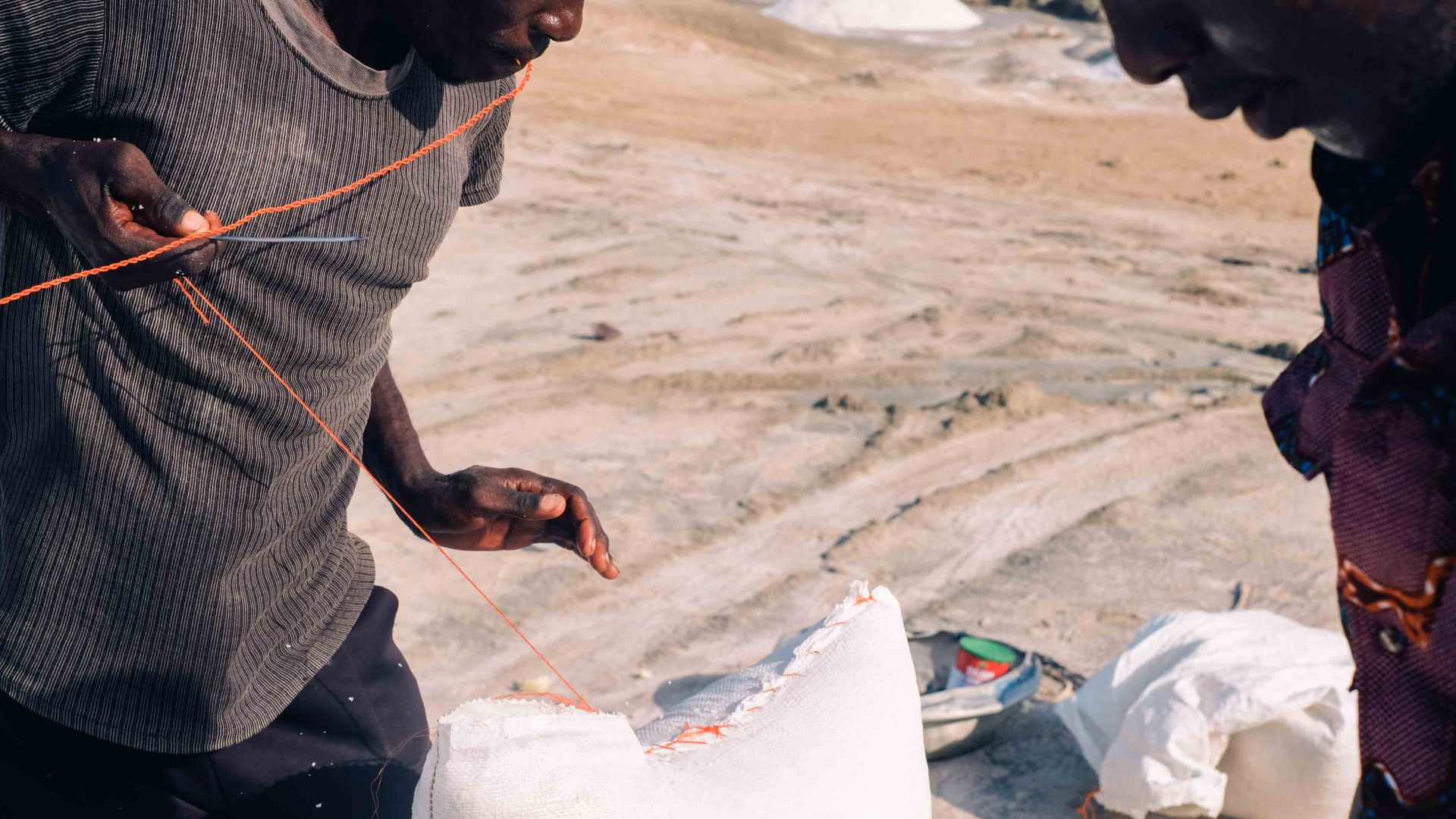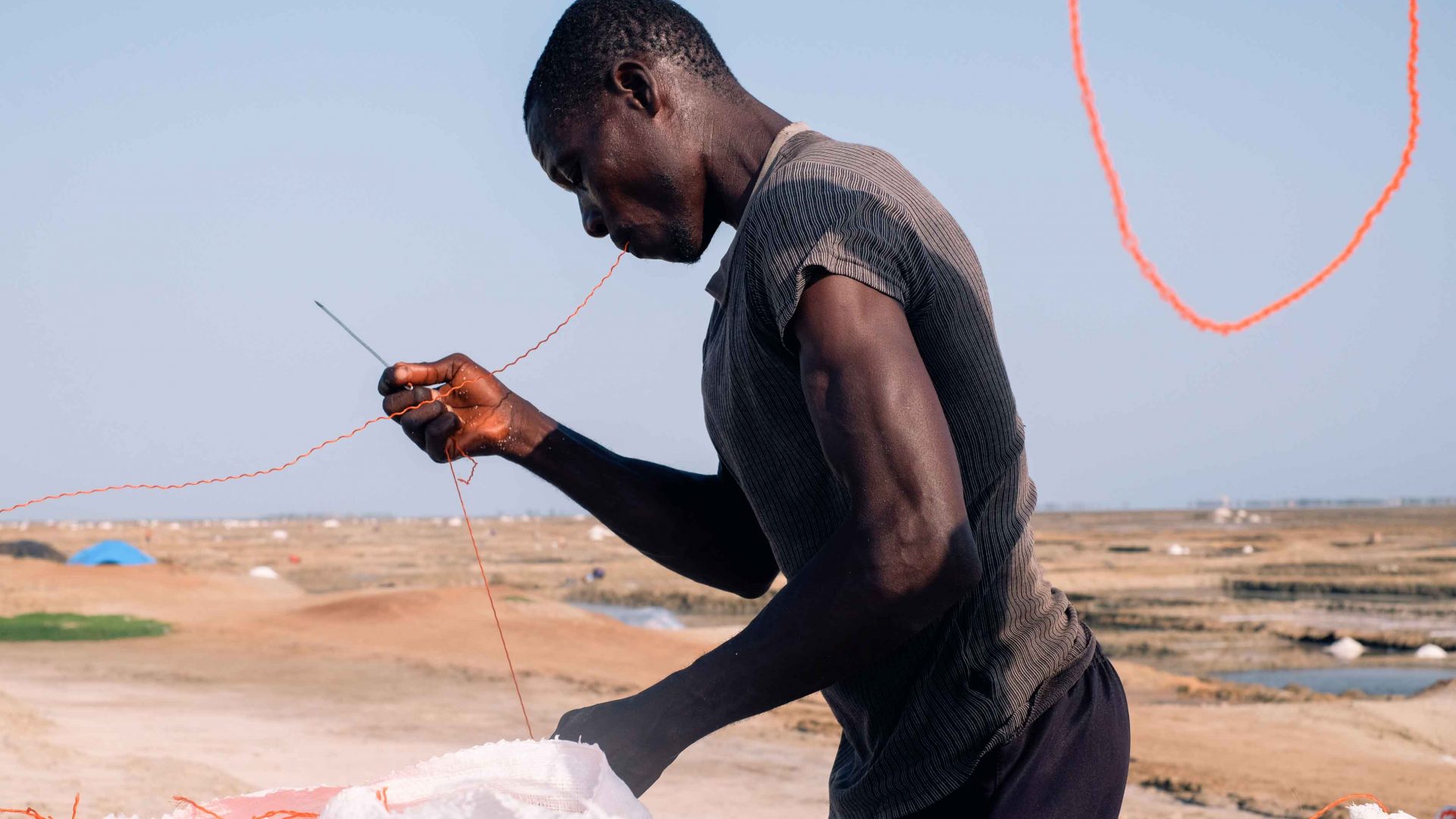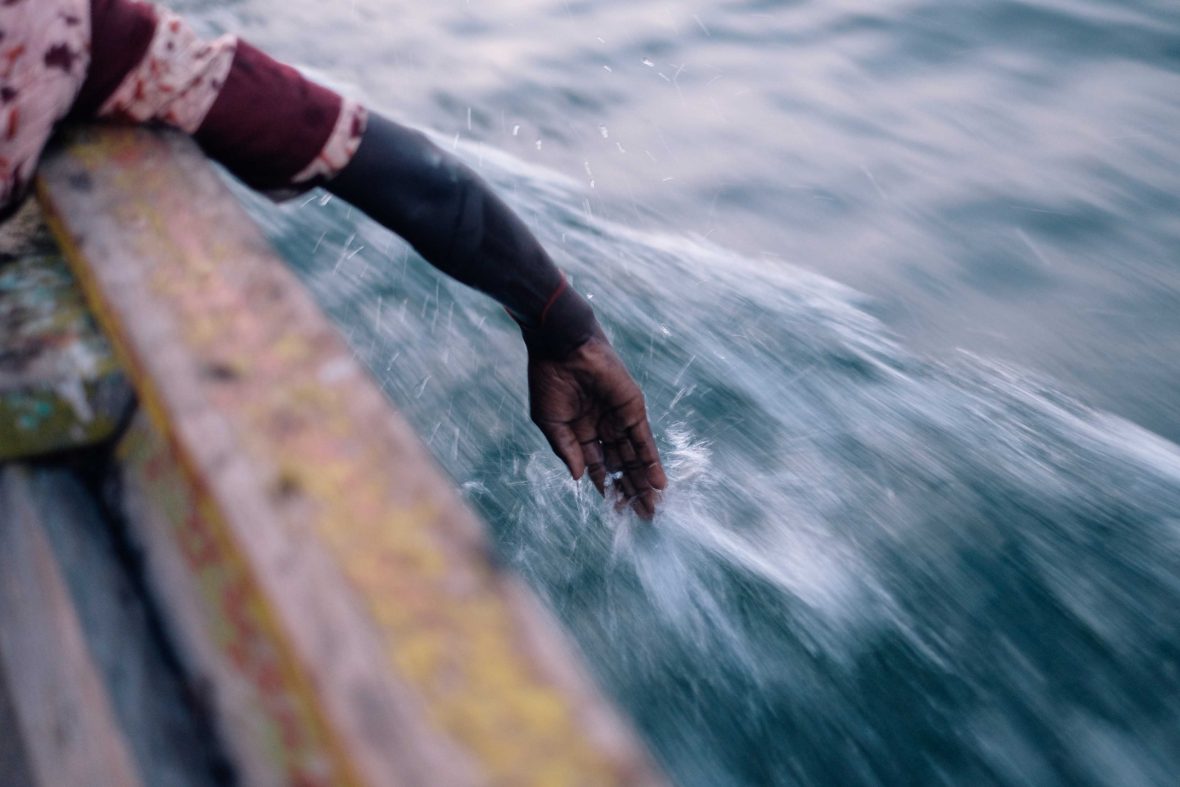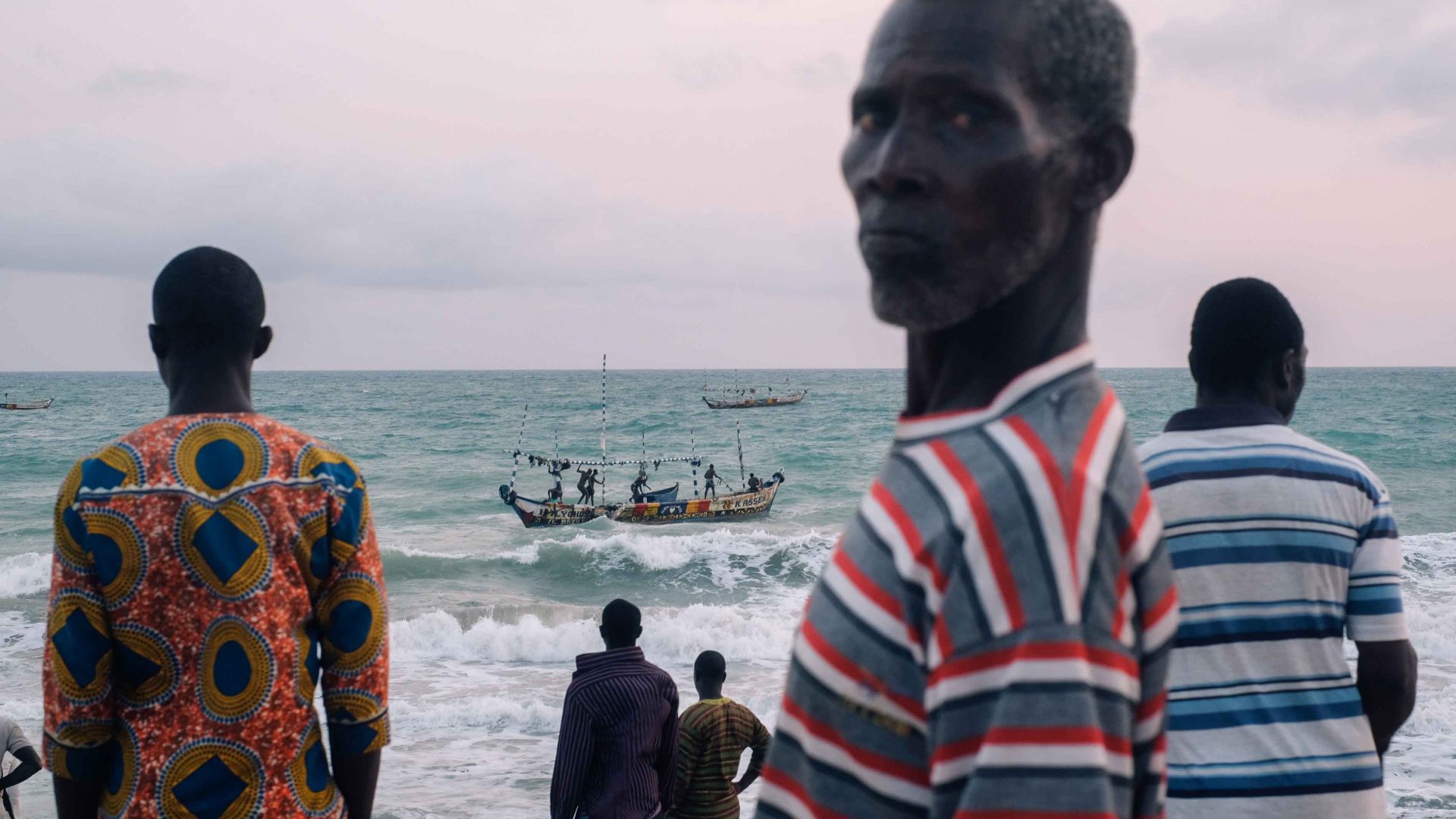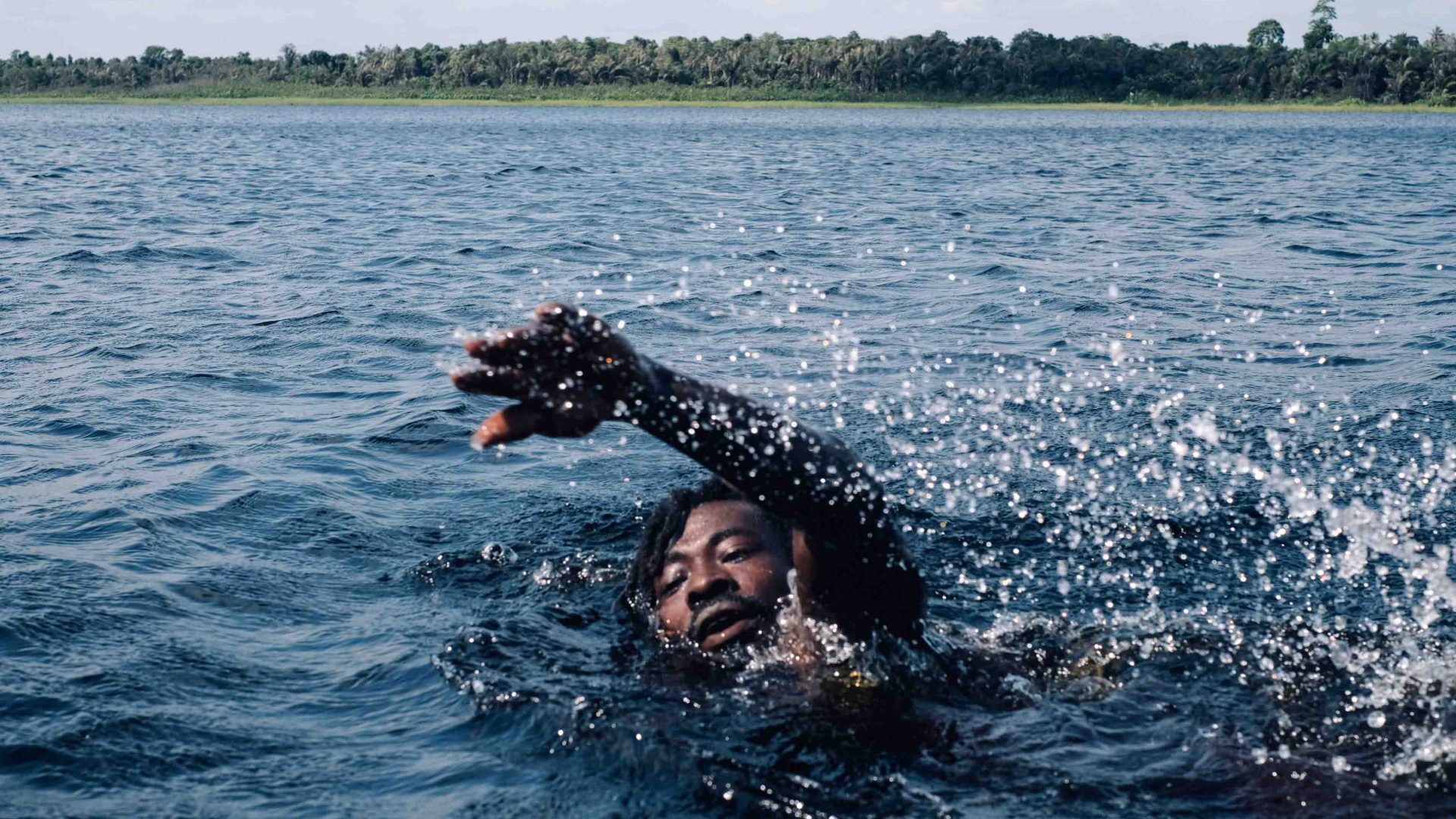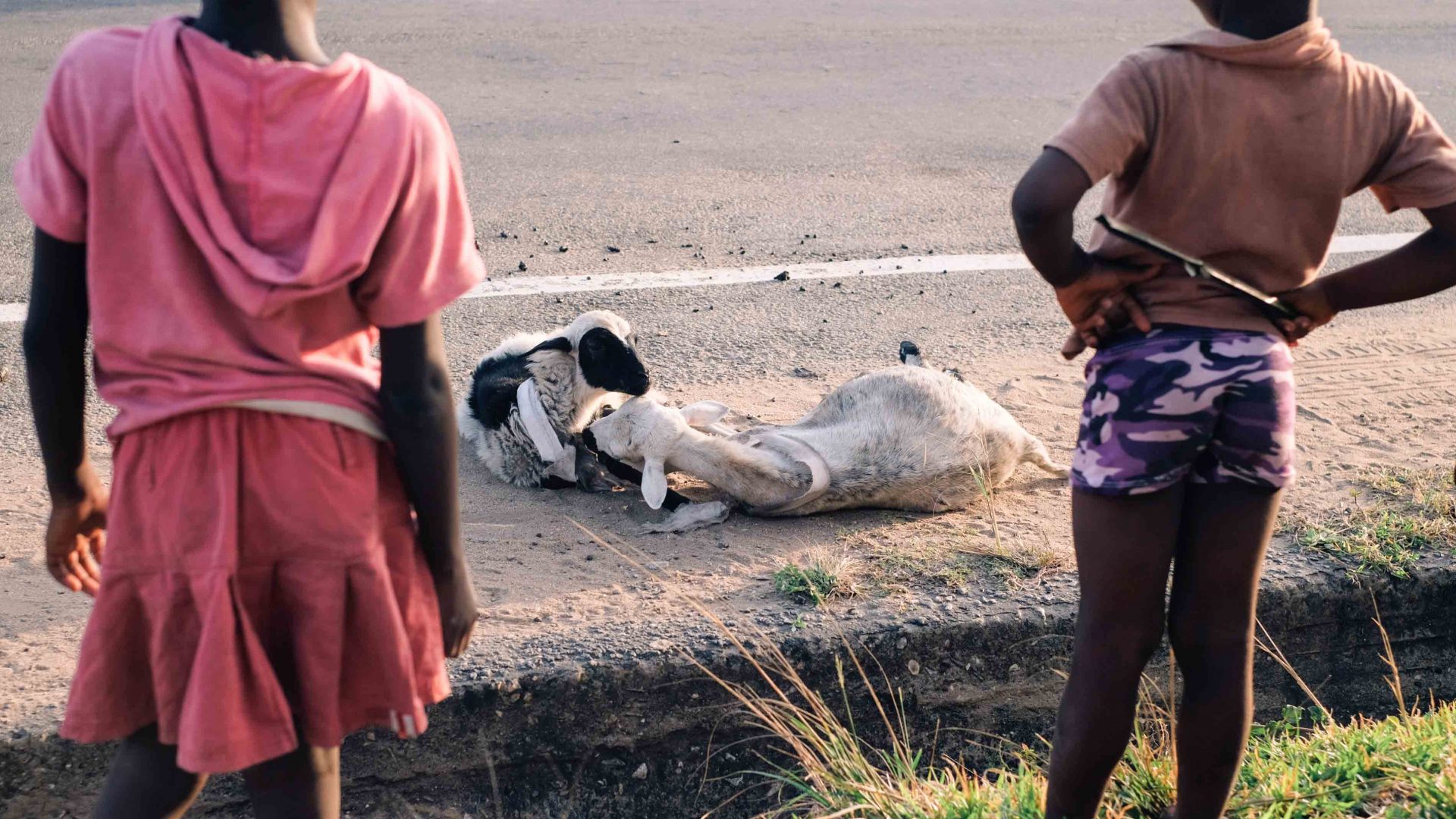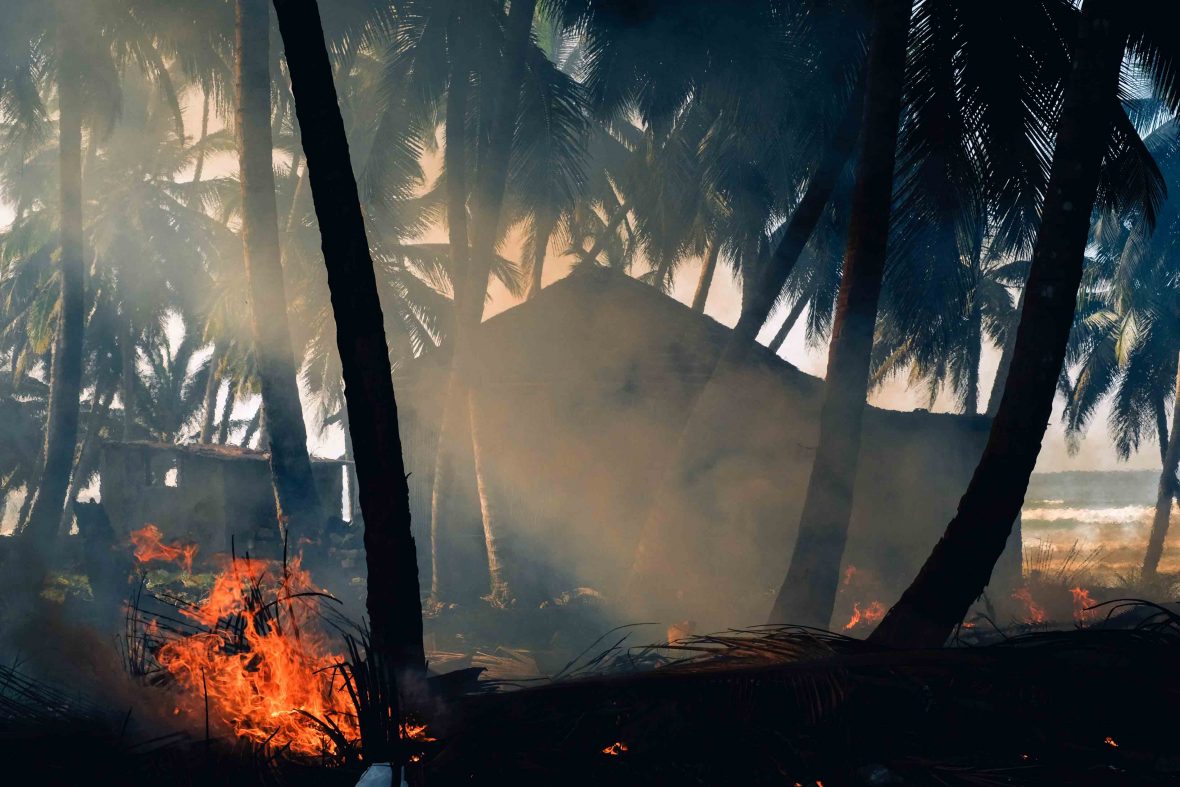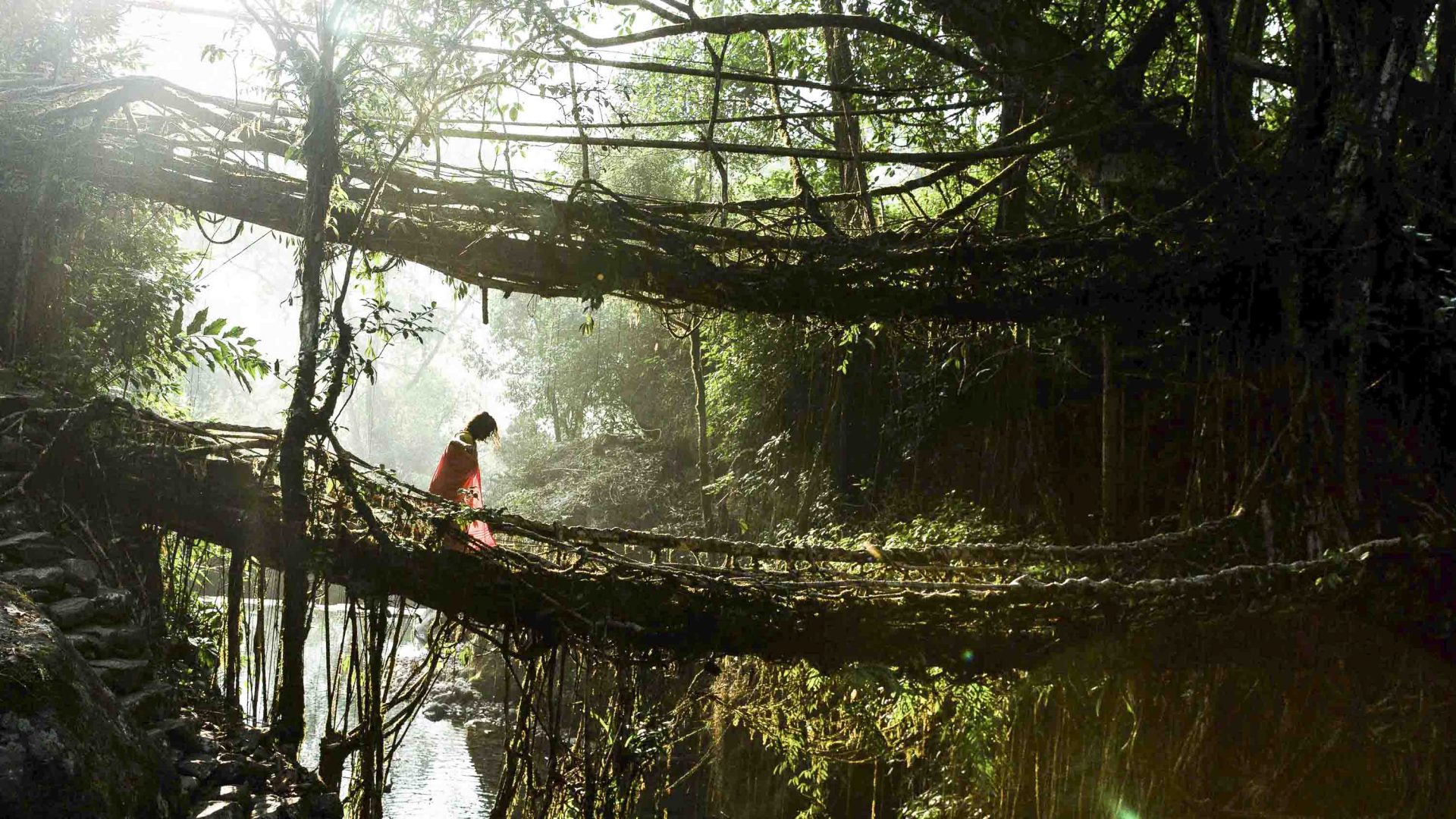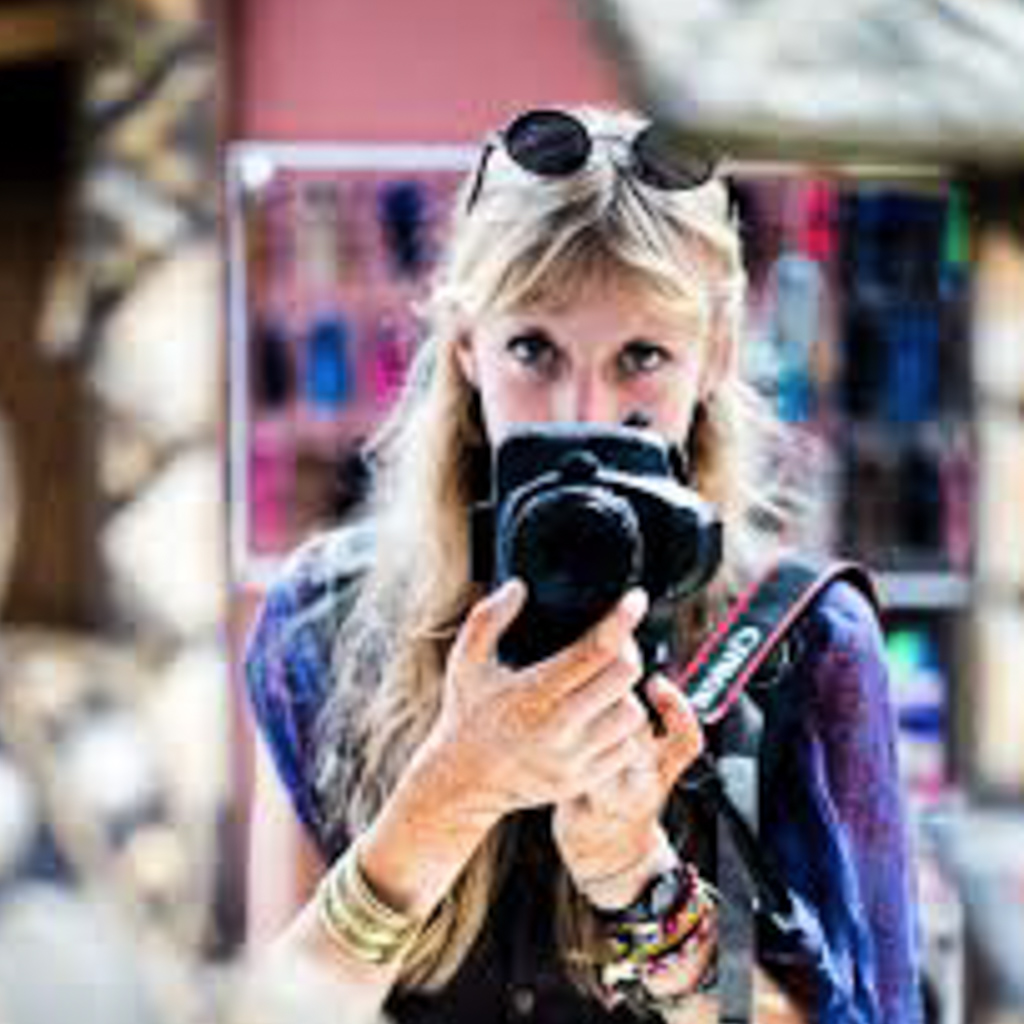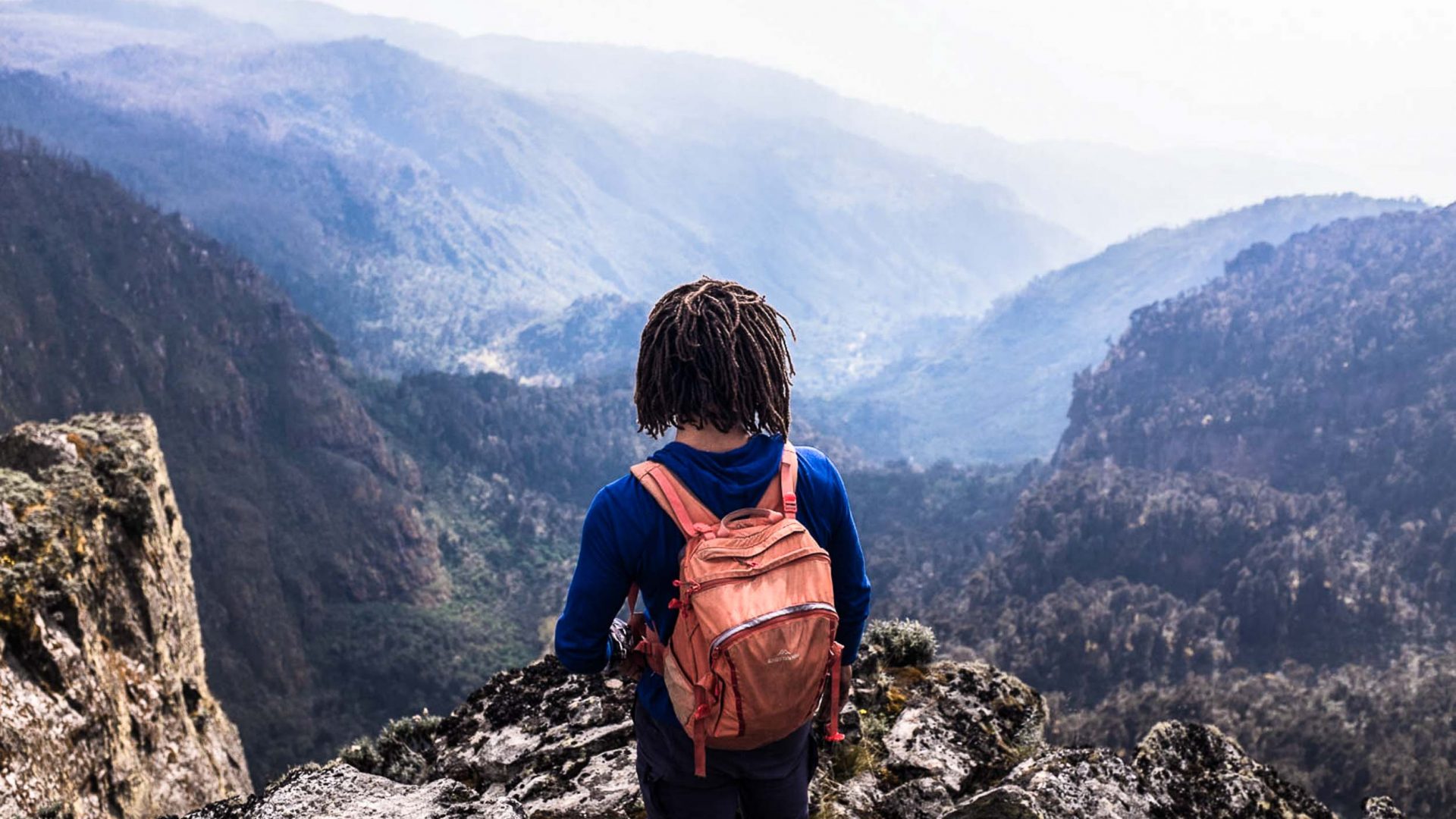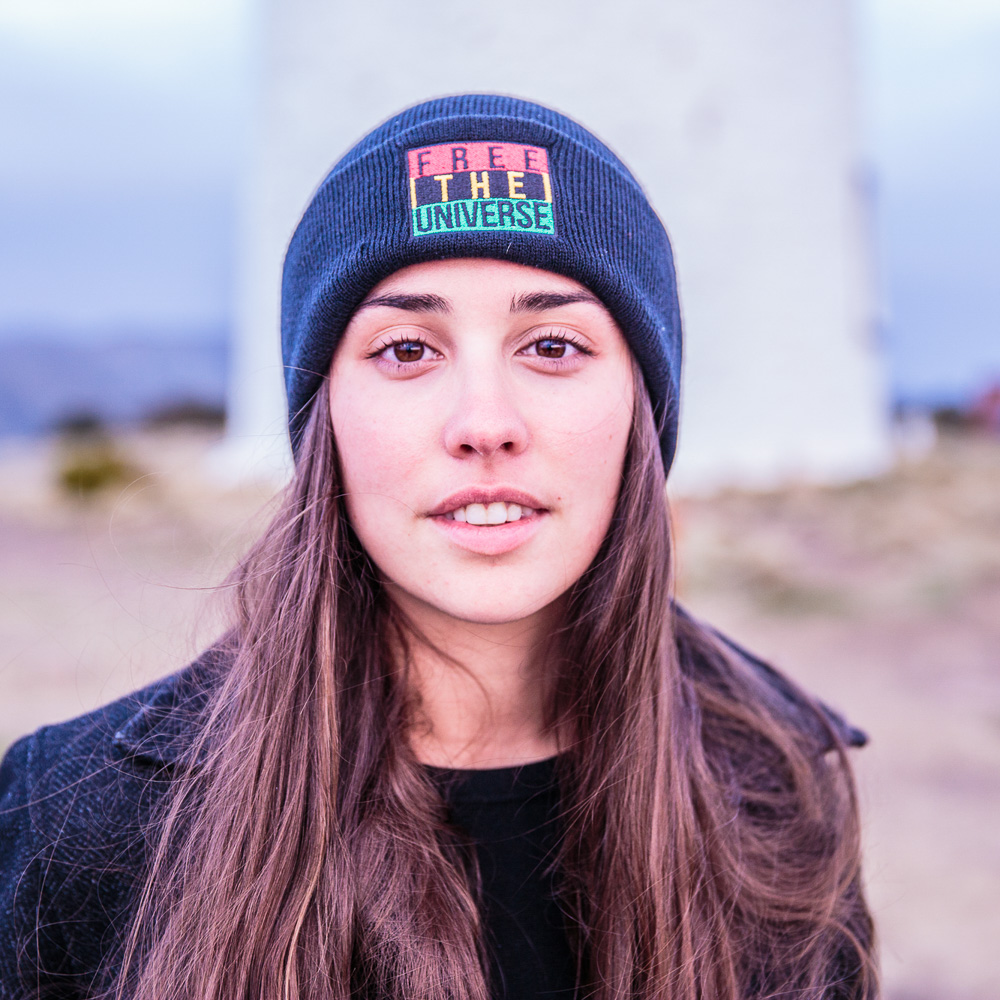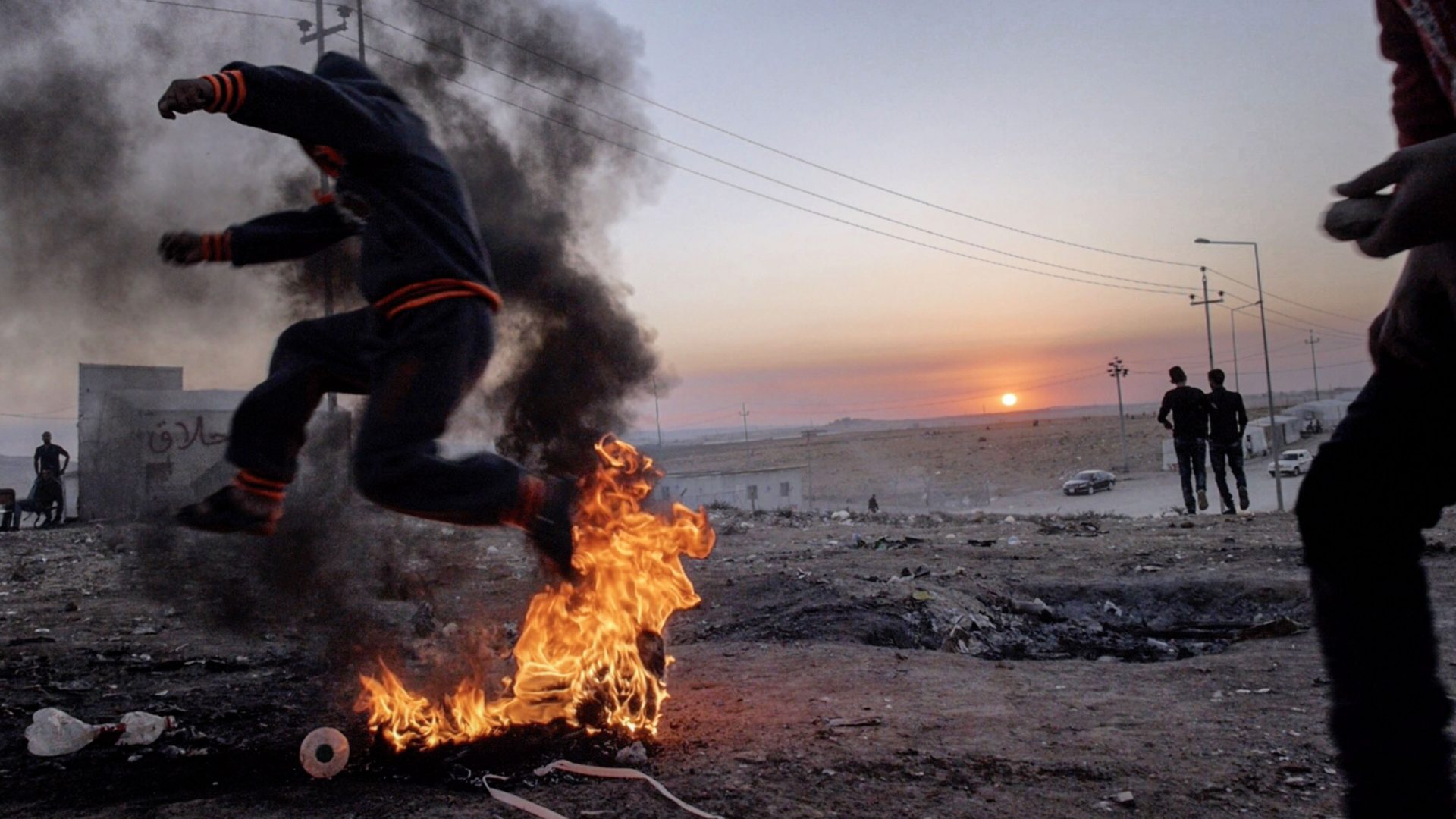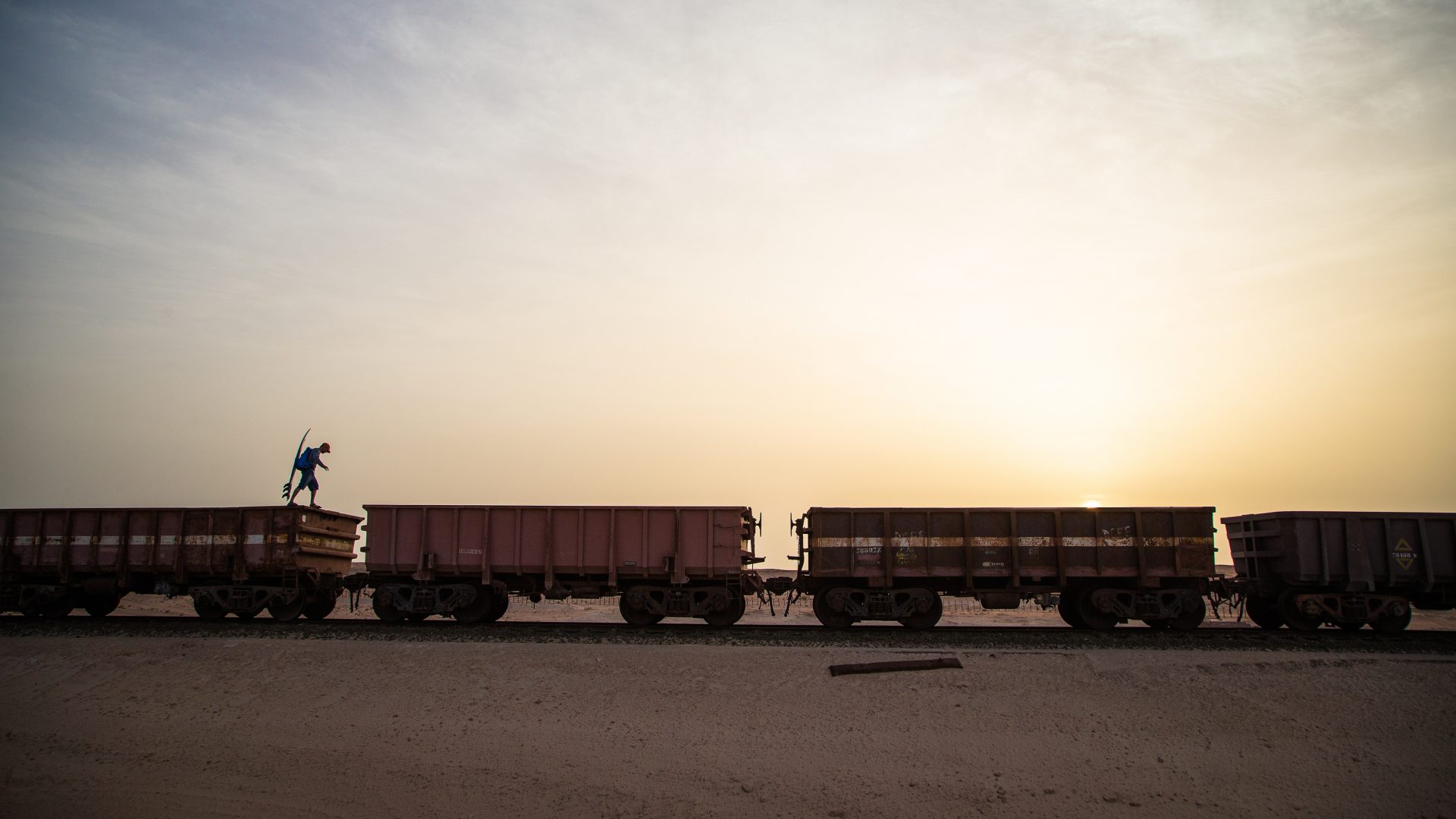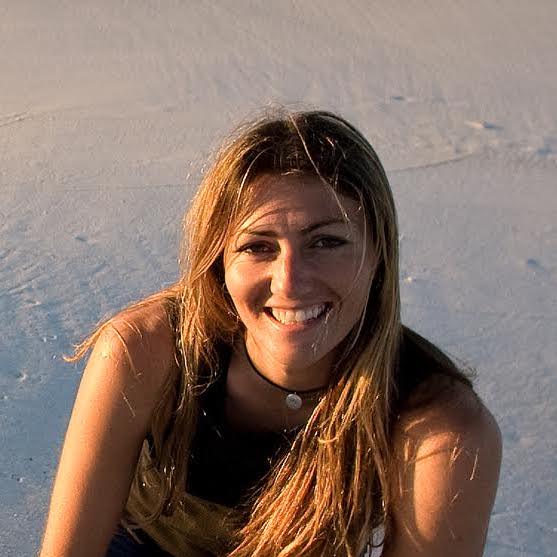After making plans to visit Ghana for a vacation, photographer Adrian Morris just couldn’t help but put his camera to work. From east to west, along the coast, Adrian captured candid and ethereal moments that aren’t easy to come by.
In early 2018, Australian photographer Adrian Morris traveled to Ghana. Initially, he went to chase waves—Ghana’s coast is home to great surf—and take a break from his working life. But as he began to research his trip, his interest in the region grew, and he couldn’t help but take his camera along for the ride.
In what is one of Africa’s most overlooked travel destinations, Adrian found himself overwhelmed by the sheer volume of photo opportunities Ghana afforded him. “The first thing I noticed was the color,” he says. “The colors of the clothes the women wore, of the small wooden houses, of the shops, of the hand-painted fishing boats. And there was this smoky haze that never seemed to disappear—even on a sunny day. It gave the place a real atmosphere and energy.”
Adventure.com: Adrian, tell us a little about yourself, your work and how you came to be a photographer.
Adrian Morris: I became interested in photography when I started to travel in my early 20s. I had a small film camera that a friend gave me. I took it with me everywhere and I gradually became obsessed with trying to document the places, cultures, people and stories I was experiencing. I now work as a photographer full-time, but I’m still constantly trying to develop the art of portraying a moment.
From a photographic point of view, what was special about Ghana?
I was drawn to the people and the way they do things, the way they live, the stories they have to tell, and their culture and beliefs.
A lot of these photos have a whimsical, almost other-worldly quality to them. Is that something you set out to do intentionally, or something that just happens?
I guess I’m drawn to details that I find beautiful, even in situations that wouldn’t normally be considered ‘beautiful’. I try to focus on light and texture, movement and color and try to create a certain atmosphere from what’s in front of me.
I always think it is important to try and take photos of the way something makes me feel rather than just take photos of what something looks like, if that makes sense. If I don’t have a particular story or project in mind, then I just try to capture what I see and feel, and let things happen organically.
The salt lagoon wasn’t that beautiful to look at, but I focused on the things I found interesting—the color of the salt in the water, patterns and shadows made by the sunlight, the movement of the workers, and the way those movements created a composition. If you look past the way things look at first glance and spend more time looking at the details, sometimes it’s surprising how beautiful a place can become. I think you can always find the beauty in things.
Is there a particular photo in this series that you can look at and think, ‘Yeah, that’s exactly the feeling I was trying to capture…’?
Maybe the photo of the kid running his hand through the river. It’s a simple photo, but it was a really nice moment that I remember clearly. We were sitting on a small wooden boat and crossing the river at the end of a very hot day; the sun had already gone down and the sky was almost pitch black.



